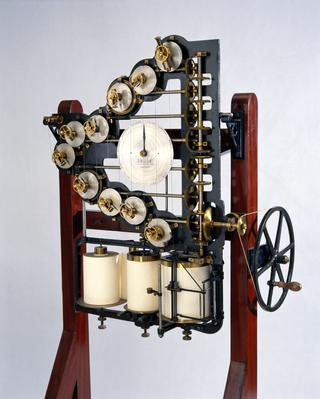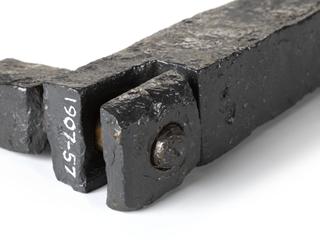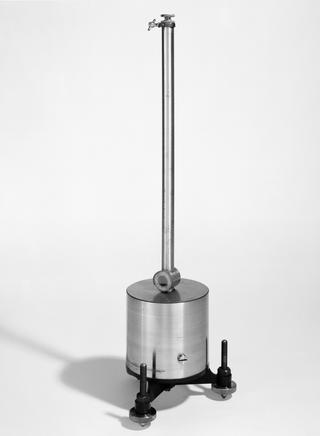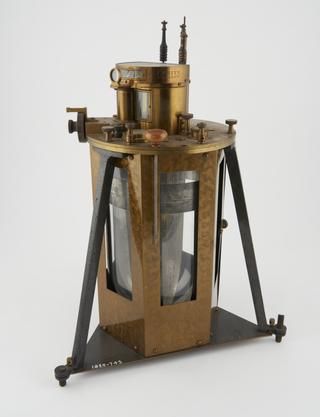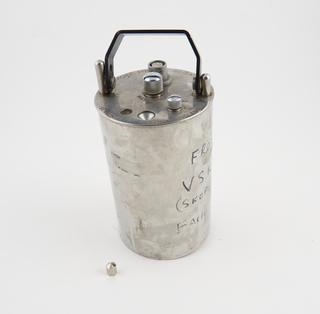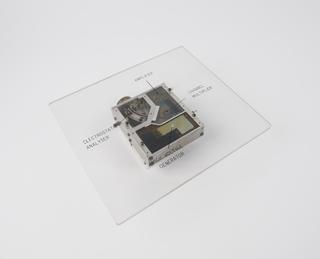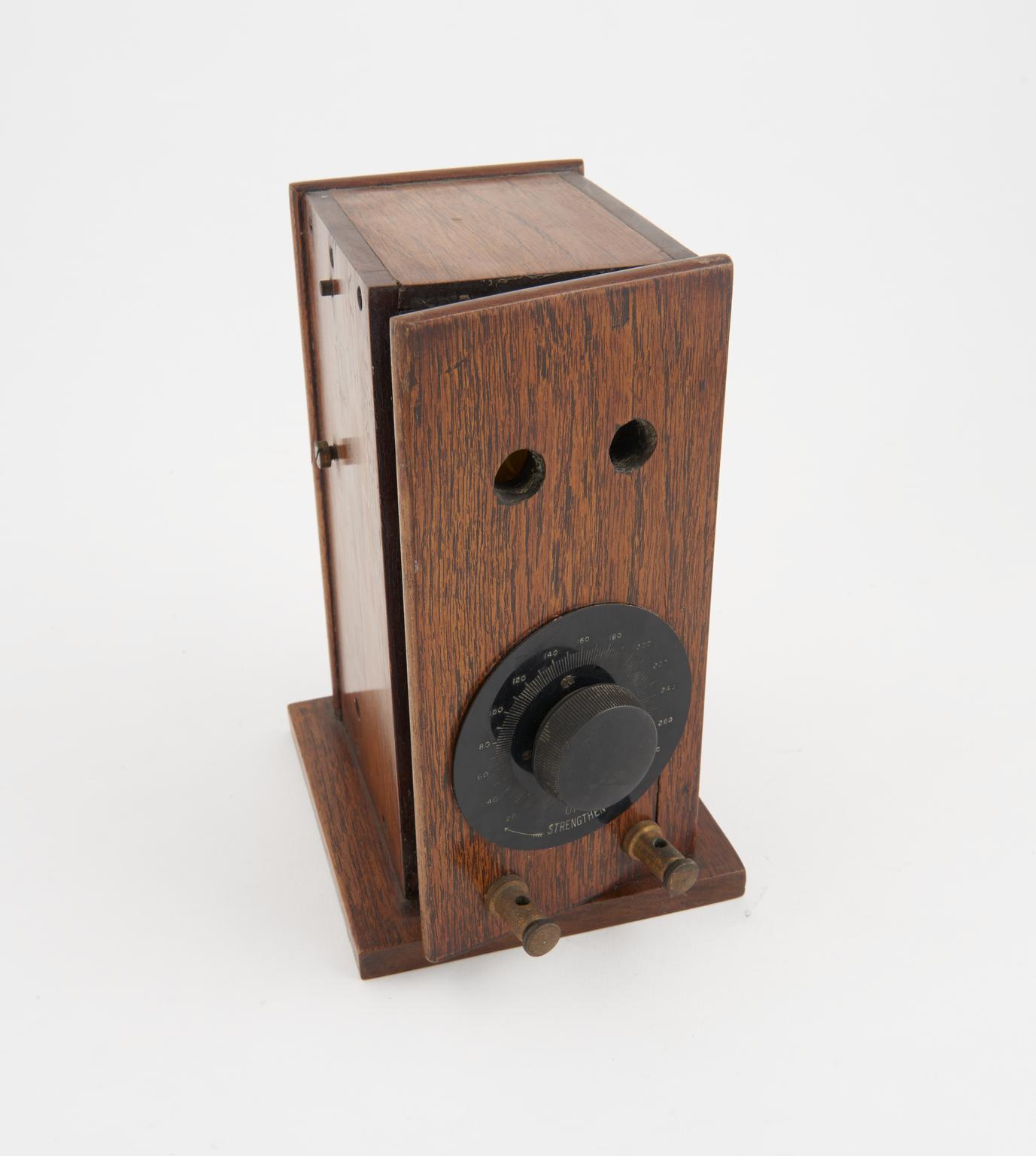
Milne-Shaw seismograph no. 33, c. 1925
Part of Milne-Shaw seismograph no. 33, made by John Johnson Shaw, West Bromwich, UK, and owned by the Safety in Mines Research Board, c. 1925
More
This seismograph is based on a horizontal pendulum instrument for the detection of distant earthquakes originally devised by British seismologist John Milne. John Johnson Shaw, who was originally a pawnbroker but became fascinated by seismology after encountering Milne’s work, modified the instrument to increase its magnification and damp the free motion of the pendulum, thus addressing some of the widely acknowledged issues with Milne’s device. Shaw, working with little assistance from his home in West Bromwich, manufactured dozens of these instruments for despatch to seismograph stations around the world.
This instrument was one of two once owned by Britain’s Safety in Mines Research Board. It was transferred in 1927 to the Geological Museum in Jermyn Street, London, for safe custody, where the staff experimented with using it to detect the vibrations of the building. It was put on display at the Science Museum in 1928, although briefly used for experiments at Kew Observatory in 1932 to determine the interfering effect of wind on the seismographs there.
